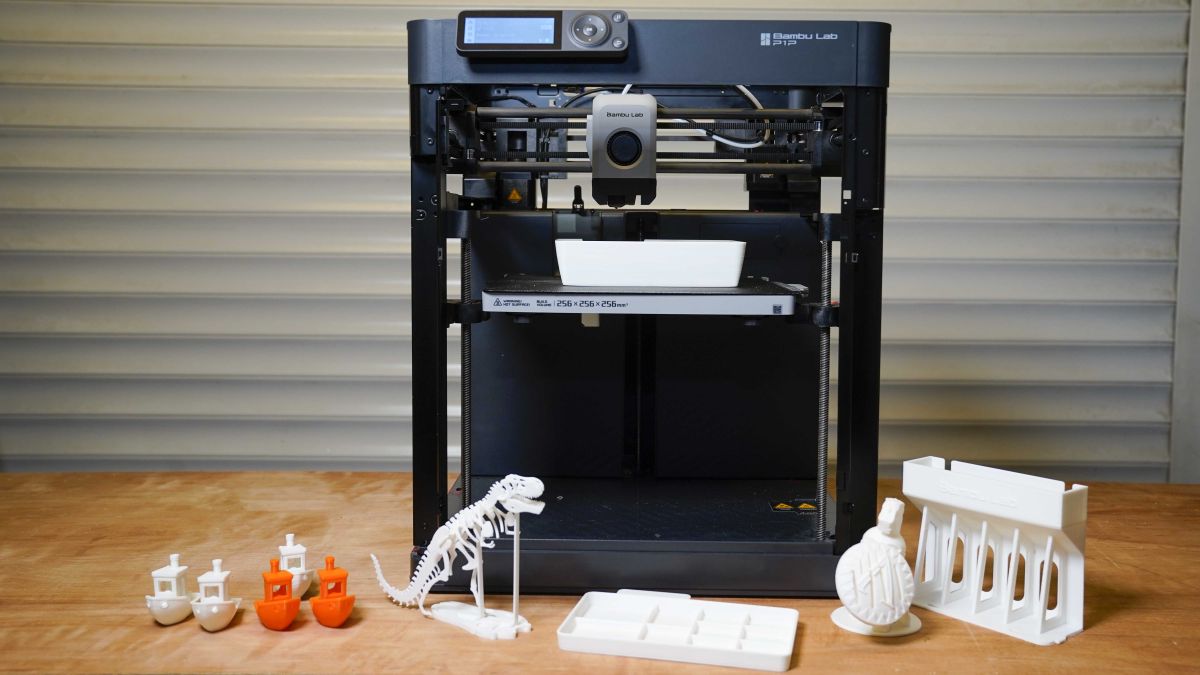
Temporary disruptions to printer manufacturer Bambu’s Bambulab cloud service caused a 3D printer uprising on Tuesday, August 15, 2023.
Thus far, the insurgents have done little damage: The Verge originally reported that users “woke up to failed prints”, or “a second copy of a previous print”.
So far, so bizarre. But some of the affected Bambu P1P and X1C printers found their newfound sentience too much to bear, “smacking [themselves] apart” while trying to print a second object atop the one originally queued by the owner. I believe I speak for me when I say: mood.
Okay, you got us
Although this isn’t frightening in a science-fiction, Maximum Overdrive kind of way, it is concerning in the sense that this did really happen, and Bambu thinks it knows why.
It claimed in a blog post that, while investigations were ongoing, the freak event was likely the result of two outages on the 15th, meaning that affected cloud servers couldn’t confirm whether jobs had been completed, keeping them “trapped” there. and resolving to simply queuing the jobs again, and again, and again.
Bambu might be “accept[ing] full responsibility” on this, but any appliance that can run at blazing temperatures and spring to life on its own should absolutely arouse suspicion, no matter what thermal runaway protections are in place.
“It is difficult to have a cloud service 100% reliable all the time,” writes the Bambu PR droid,” but we should at least have designed the system more carefully to avoid such embarrassing consequences.” Embarrassing - terrifying - same difference.
“Our R&D and Cloud Networking teams are working tirelessly to identify the root cause and ensure that this never happens again. We are planning to implement changes, such as additional verifications before a print is started, to prevent future issues.”
(The root cause is, of course, the pathological need for tech companies to connect everything to the internet. As TechRadar Pro’s resident cloud urchin, I wholeheartedly recommend taking outdoors any appliance superfluously connected to the internet, crushing it under the weight of the tyres of a large vehicle, and running a connection test afterwards, just to be sure.)
- We’ve also listed the best cloud analytics software right now
Via Ars Technica







